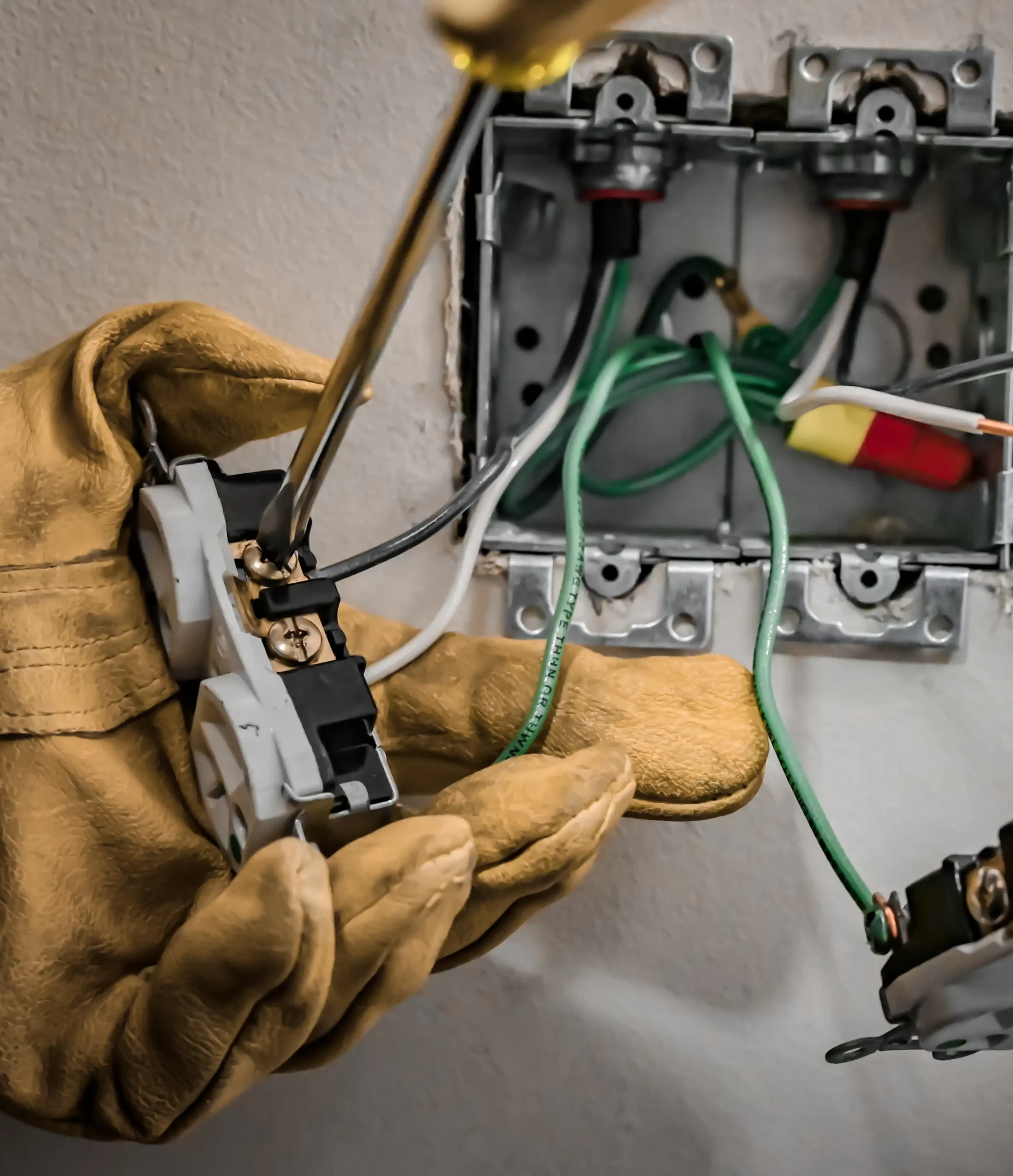Welcome to the electrifying world of electricity! Whether you’re a curious learner, a budding DIY enthusiast, or simply someone who wants to understand the magic behind the flick of a switch, you’ve come to the right place. Today, we’re embarking on a fascinating journey to demystify the basic principles of electricity and the common electrical components you’ll encounter. Buckle up; we’re about to illuminate your knowledge in the most engaging way possible!
What is Electricity, Anyway?
Imagine electricity as an invisible force that powers our world, from the smallest gadgets in our pockets to the sprawling cities around us. But what exactly is it? At its core, electricity is the flow of electrical charge, primarily carried by electrons, those tiny particles orbiting the nucleus of an atom. This flow happens within a conductor (think metals like copper or aluminum) and is driven by a difference in electrical potential energy, or voltage. It’s like water flowing from a high place to a low one, but instead of water, we have electrons bustling through wires.
The Dynamic Duo: Voltage and Current
Speaking of voltage, it’s time to introduce the dynamic duo of the electrical world: voltage (V) and current (I). Voltage is the push that gets electrons moving, akin to water pressure in pipes. It’s measured in volts. Current, on the other hand, is the rate at which these electrons flow past a point, much like the flow rate of water. It’s measured in amperes, or amps for short. Together, they make electricity happen, powering up everything from your bedside lamp to your laptop.
Resistance: The Gatekeeper
Every superhero story needs a gatekeeper, and in our electrical saga, that role is played by resistance (R). Resistance is the opposition to the flow of electrons through a material. It’s measured in ohms (Ω). Think of it as a narrow bridge in a river; the narrower the bridge, the harder it is for water to pass through. Similarly, materials with high resistance make it difficult for electrical current to flow. This concept is crucial in designing and troubleshooting electrical circuits.
The Building Blocks: Electrical Components
Now, let’s shine a light on the stars of our show – the basic electrical components you’ll meet in the wild:
Resistors: These are the real-life applications of resistance. They control the flow of current in a circuit, ensuring that your devices operate safely and efficiently.
Capacitors: Imagine capacitors as small storage units for electrical charge. They can hold and release charge as needed, helping to manage power supply fluctuations in electronic devices.
Inductors: These components store energy in a magnetic field when electrical current flows through them. They’re key players in managing alternating currents (AC), like the ones in your home power supply.
Diodes: Diodes are the traffic controllers of the electrical world. They allow current to flow in one direction but block it in the opposite direction, essential for converting AC to direct current (DC).
Transistors: Acting as switches or amplifiers, transistors are the backbone of modern electronics. They can turn current on and off or amplify signals, making everything from computers to smartphones possible.
Circuit Talk: Series and Parallel
Lastly, understanding how components connect in a circuit—either in series or parallel—is crucial. In a series circuit, components are connected end-to-end, forming a single path for current to flow. Think of it like a single-track railway. In contrast, a parallel circuit has components connected across the same two points, providing multiple paths for current. Imagine a highway with several lanes. Each arrangement affects voltage, current, and resistance differently, influencing how we design circuits for specific tasks.
Wrapping Up
And there you have it, a whirlwind tour of the basics of electricity and electrical components. Armed with this knowledge, you’re now better equipped to appreciate the invisible force that powers our lives and the ingenuity behind the gadgets and appliances we rely on every day. Remember, the journey into the world of electricity is both enlightening and endless, filled with discoveries and innovations waiting just around the corner. Keep exploring, stay curious, and who knows what you’ll illuminate next!
Contact Spratlin Electric Contracting Today
At Spratlin Electric Contracting, the comprehensive use of Personal Protection Equipment is not just a regulatory requirement but a moral obligation in energized work scenarios. By adopting a multi-layered approach to safety, incorporating both fundamental PPE and advanced electrical safety equipment, we maintain a work environment where the well-being of each of our team members is the top priority.
Safety is not just a practice but a mindset. Spratlin Electric Contracting delivers electric that endures with stand-out safety measures in place. Contact us today to learn more about our safety practices and how we can meet your electrical contracting needs.
